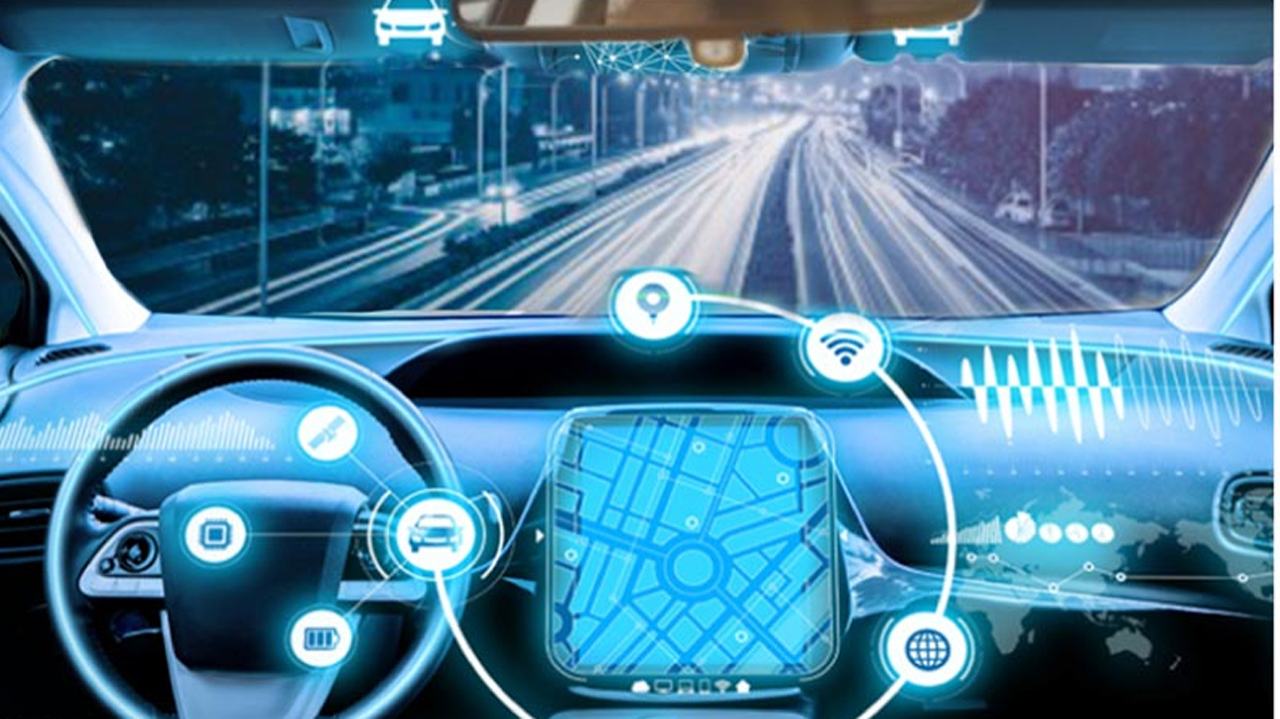
Since its inception Machine Learning (ML) has been gradually improving the efficiency of supply chain and logistics operations. But, in its early days owing to limited interest and knowledge, high implementation costs, and lack of clear ROI, its true potential was yet to be fathomed. Things have changed since.
As we step in 2020, businesses will leverage machine learning as a tool that directly impacts a supply chain’s chain profitability. Statistics say that machine learning has the potential to create an additional $2.6T in value by 2020 in marketing and sales, and up to $2T in manufacturing and supply chain planning.
From empowering enterprises to drive prescriptive analytics, mitigate risks, expedite resolution of delays to prevent vehicle breakdowns, machine learning technologies will see greater adoption in 2020.
Driving Prescriptive Analytics
Data analytics has come a long way and we are now living in the age of Analytics 4.0 involving the use of machine learning algorithms along with data analytics. Earlier we were limited to diagnostic analytics but integrating ML algorithms savvy enterprises are moving towards prescriptive analytics which predicts the outcomes along with the solutions. There are several factors affecting ETAs, especially in the long-haul transportation industry and some of them are beyond human capabilities to avoid such as natural calamities but using prescriptive analytics we can always predict the occurrences of such calamities and plan logistics activities accordingly.
Expediting Resolution of Delays
Machine learning-powered transportation platforms crawl through historical data of already travelled delivery routes and generate critical insights to boost fleet productivity and reduce costs. Say, one of your delivery trucks needs to travel through points A, B and C to reach a customer’s destination. Referring to historical data, ML can benchmark the time taken to reach point B from A and point C from B. In case the duration to reach any of these points exceeds the already set threshold, it will immediately trigger alerts and help transportation stakeholders take quick action. This eliminates the chances of further delays.
Ensuring Highly Secure Routes
In industries like manufacturing, where truckers need to travel in between cities located thousands of kilometres apart to deliver goods and raw materials, theft and pilferage are major problems. This especially happens when trucks travel through poorly connected areas. Machine learning can bring significant improvements here.
Machine learning algorithms analyze historical data to understand repeated unscheduled stoppages in a particular route that could have been the reason behind thefts and pilferage. Similarly, it can measure past KPIs of 3PLs logistics providers and rule out the ones that have a history of making unnecessary stoppages in poorly connected locales. An advanced logistics management platform powered by machine learning can eliminate chances of theft and pilferage by more than 50% and save millions of dollars’ worth of cargo.
Generating Accurate ETAs
If you are planning to battle your competition using customer experience as a weapon, then generating accurate ETAs should be on your priority list. Customers not only need their goods to be delivered in-full but also on-time. ML algorithms help enterprises deliver shipments on time by predicting ETAs based on certain KPI’s and data. Getting this efficiency is never easy and is an ever-learning process, which is what ML is all about. ML-algorithms consider some of the most exhaustive constraints like driver-route mapping, pickup windows, delivery windows, no-entry time windows, unavoidable delays, tonnage, and more while generating ETAs.
Predicting Vehicle Breakdowns
It’s a bit futuristic but by the end of the year 2020, we might see ML being used in determining the health of a vehicle i.e. how disparate vehicle parts are performing at a particular time and situation. Savvy enterprises are making this happen by embedding the data needed to determine failure into ML-algorithms. It’s still a work-in-progress as of now but is definitely a way ahead for improving transportation as it can lower the total cost of ownership by accurately predicting vehicle breakdowns.
A key reason behind a spike in adoption of machine learning is RoI. McKinsey found that 82% of enterprises adopting machine learning has gained a financial return from their investments. So, for the providers of machine learning technologies and the transportation industry, 2020 is going to a win-win.




